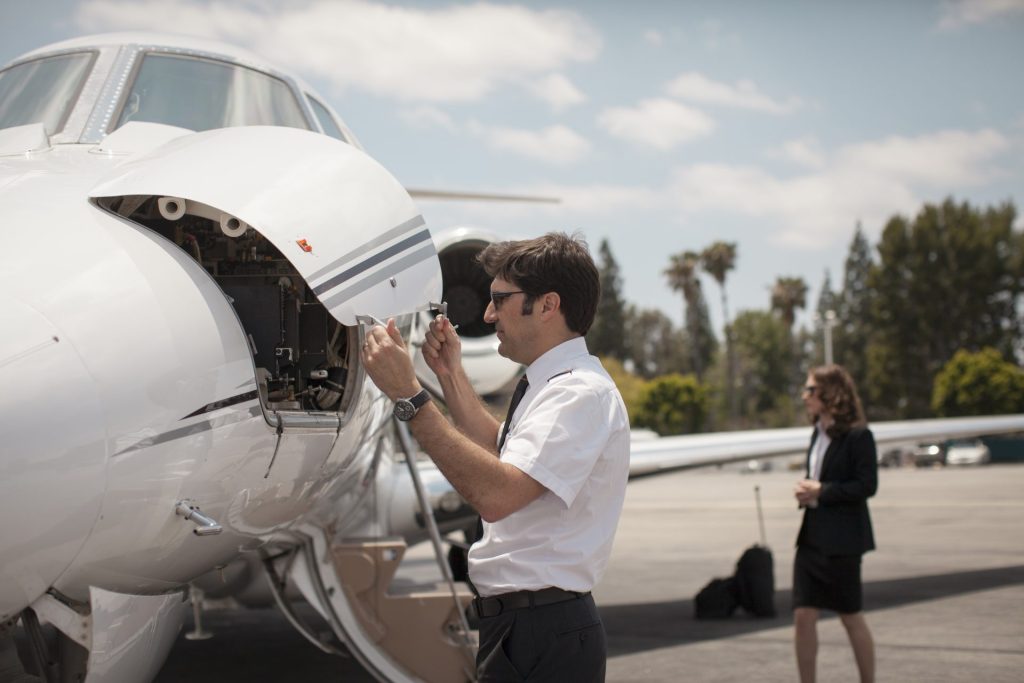Even if you just want to buy a light sport plane from someone you’ve known for years, it is essential to have a well-drafted aircraft purchase agreement (APA). Solid contractual agreements protect all parties from uncertainties and unforeseen circumstances. Since aviation presents unforeseen circumstances every day, the typical APA is an extensive document, sometimes signed only after pre-sale formalities. But the sale process can differ widely, depending on the parties, the aircraft concerned, and the aircraft’s use. Consulting an attorney experienced in aircraft sales before entering into any agreements, oral or written, will save trouble for everyone concerned.
First Steps
Is this aircraft used or new? Are you making a business purchase, or are you buying a personal aircraft for hobby and leisure travel? Before they begin to plan your purchase, an aviation attorney will review the details and purpose of your acquisition. They can advise you about possible hidden risks with the transaction, such as tax obligations. After some initial research, they can also inform you about potential hidden risks with the sale itself. Has the aircraft been involved in an accident? Have you been speaking with its actual registered owner? Your attorney will know how to check its history through public record searches.

For a large or complicated acquisition, your attorney can prepare a letter of intent (or LOI) to clarify key initial points of the aircraft purchase, such as the price, the deposit required, and the pre-purchase inspection requirements. Any acquisition will involve the transfer of key documents, such as the aircraft bill of sale and the airworthiness certificate, and timely registration transfer with the FAA.
Contents of the Agreement
A typical APA will contain these clauses, among others:
- Identification of the parties
Although naming the correct parties may sound obvious, aircraft are often legally owned by LLCs or partnerships created purely for that purpose. Businesses or individuals with multiple aircraft may use several such LLCs. A hastily copied agreement could use the wrong name for the seller or buyer, resulting in red tape, embarrassment, and extra costs. - Identification of the aircraft and furnishings to be sold
This clause will describe the aircraft by manufacturer, model, year, registry number, serial number, and any other distinguishing features. It should also describe any logbooks, furnishings, or other items included in the sale. - Statement of consideration
The contract will state the purchase price and record any amounts deposited or placed in escrow. Your attorney can determine which jurisdictions will require the payment of tax on the purchase and which party will need to make the payment. - Pre-purchase inspection clause
A qualified inspector and mechanic should inspect the aircraft and logbooks prior to purchase. This clause sets out when the buyer will have the “pre-buy” inspection and how the seller will address any issues that the inspection finds, as well as the allocation of inspection costs. The buyer will also want the right to an additional visual inspection on delivery.
The buyer may stipulate that if any defects are not repaired by a certain date, then the agreement is void. The seller, for their part, may specify that if the inspection has not taken place by a certain date, the buyer waives inspection and accepts the aircraft as is. - Conditions precedent
If something else has to occur before a buyer or seller can perform their obligations under a contract, that is a condition precedent. One reasonable condition precedent for a buyer is a warranty of title. Before closing the sale, a buyer will first want to receive proof that the seller has clean title to the aircraft—owning it free and clear of any undisclosed mortgages or liens. - Delivery
This will specify when, where, and how the seller will deliver the aircraft and all included items, as well as when exactly the title will pass to the buyer. It may suit the parties for the title to pass while the seller retains the aircraft for a certain period. - Liability insurance
The contract should specify the date and hour on which the seller’s insurance policy terminates and the buyer’s responsibility to insure the aircraft begins. - Warranties or disclaimer of warranties
This largely depends on the aircraft and its intended use. The seller of a used aircraft may want to disclaim any warranty of condition, stating that the aircraft is sold as is. However, the parties can also stipulate that the seller warrants its airworthiness to the best of their own knowledge. - Non-performance clauses
What are the parties’ rights if the buyer does not complete the purchase or if the seller cannot go through with the sale? Non-performance clauses answer these questions. For example, they explain the parties’ obligations to each other if force majeure—a natural disaster or crash—prevents the sale. The clause can also provide penalties for either party’s decision to terminate the contract without a sufficient reason. - Provision for governing law
An aircraft sale might involve parties with addresses in two different states and an aircraft located in a third. Within the US, the parties can agree on which state’s law will govern the contract in case of questions or disputes. If this is an international aircraft sale, the attorney may need to conduct further analysis to determine governing law.

Our Florida aviation attorneys can help you with any kind of aircraft transaction you may be considering—purchases, sales, and leases for whole aircraft or fractional interests. Call our Fort Lauderdale office today at 954-869-8950 for a free consultation about your needs.

 CALL US NOW
CALL US NOW






